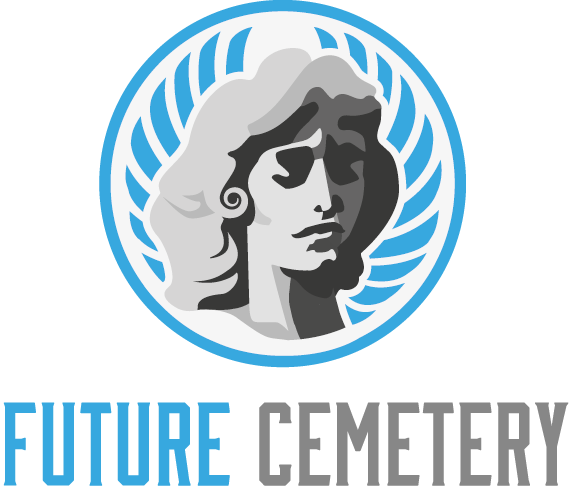A mortuary is a place where bodies are stored. It is usually located in a hospital, but some are located in coroners’ offices or in private facilities for funeral homes. In an emergency, many jurisdictions requisition public facilities such as ice rinks to serve as temporary morgues.
Funeral homes offer a broad range of services, including chapels and gathering spaces, casket display areas, and memorialization products such as service booklets and mementos. They also work closely with grieving families to create meaningful end-of-life arrangements.
It is a place where bodies are stored
A mortuary is a place where bodies are stored after death. It is a facility usually located in hospitals. It is used to store the body if autopsy needs to be done or if it is unclaimed. It also contains refrigerators where the bodies are kept for a period of time until they can be prepared for burial or cremation.
Prior to the advent of modern methods for confirming death, corpses were housed in waiting morgues until they could be buried. These facilities were often large halls or rooms. Many people feared being buried alive, which is why morgues were established.
Mortuaries and funeral homes serve similar functions, but they are different in their scope of services. While funeral homes work extensively with families, mortuaries focus on the care and preparation of bodies. Funeral homes typically have chapels, viewing spaces and gathering areas while mortuaries provide care in laboratory-like prep rooms. They may also offer funeral and cremation arrangements.
It is a place where bodies are prepared
Mortuaries prepare a body for burial or cremation. They clean the remains and disinfect them, and may perform an autopsy or other medical tests. After that, they use a formaldehyde-based fluid to embalm the body. The embalmer inserts a tube into the body to drain out bodily fluids, and then puts in full-strength fluid. This process is called cavity embalming, and it helps to preserve the organs of the deceased person.
Once the remains have been embalmed, they are dressed in clothing that was provided by the family. This step is important because it helps the remains look more life-like. The funeral director also applies cosmetics to the face and hands of the deceased person. This process is an art, and it can make a big difference in how the remains are presented to family members.
Most jurisdictions only support enough permanent morgue capacity to handle the number of fatalities expected over a long period of time. However, in emergencies such as terrorist attacks or disasters, a morgue can be used as an overflow facility. Many jurisdictions also designate public facilities such as ice rinks to act as temporary morgues when needed.
It is a place where bodies are cremated
Cremation is an alternative to traditional burial and offers families more options for memorial services. It is also more cost effective than traditional burial. Moreover, it can help reduce environmental impact by reducing land usage and preserving natural resources like hardwoods.
Once the family has decided on cremation, they will meet with a funeral director to discuss the service plan (if desired) and the cremation details. Then, the body will be refrigerated until the cremation is scheduled.
The cremation process takes place in a special furnace called a retort, which exposes the body to extreme temperatures to reduce it to ashes. During this process, metals are separated from the bones and discarded. The remaining ashes can be kept in an urn, stored in a columbarium, scattered on a mountain or the ocean, or buried in a graveyard.
Before the cremation, facility staff will confirm the identity of the remains by checking paperwork and a stainless disc with a number or id. The container is then placed in the primary chamber of the cremator, which will be closed.
It is a place where bodies are buried
Historically, the burial of bodies took place in graveyards. But this practice started to decline in the early 19th century because of population growth, outbreaks of disease near graveyards and limited space for new burials. This led to the establishment of landscaped cemeteries away from heavily populated areas and outside of city centers. These were often owned and operated by private corporations.
Some people choose to be buried in natural sites, such as woodlands or beaches. This allows for quicker re-use of the land, and is considered more environmentally friendly than conventional burial. However, it is still not culturally acceptable in many cultures.
Some families purchase a grave plot in advance. This can be done for convenience or as a way to guarantee the availability of a suitable burial site when the time comes. Some cemeteries keep a register of these graves, with the name and date of burial. Other families have cremated their loved ones, and some places provide walls with rectangular niches to hold urns containing the remains.
